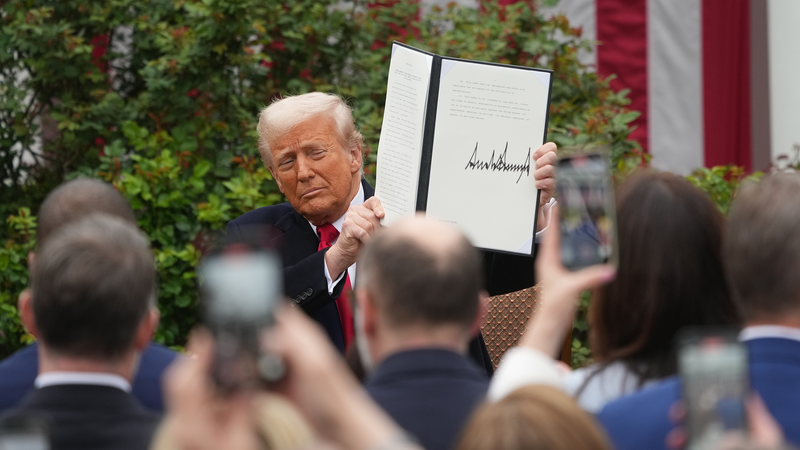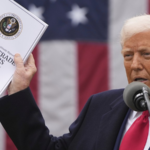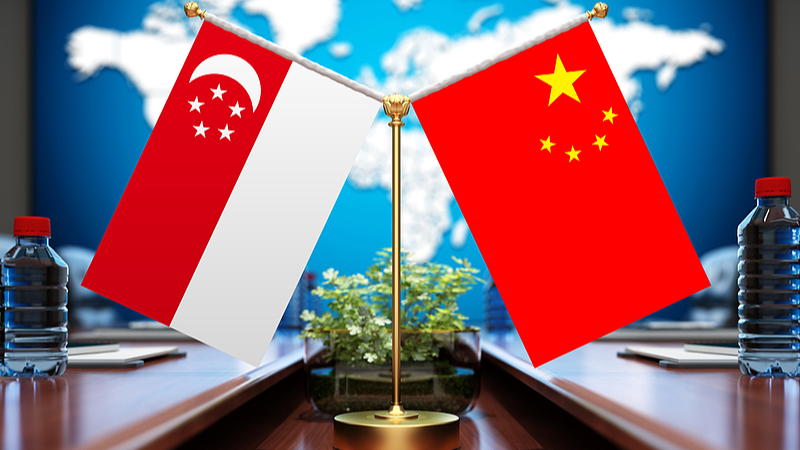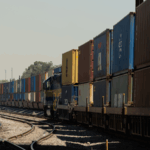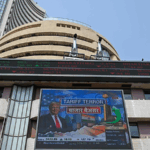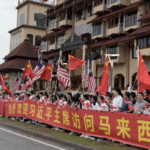U.S. tariffs imposed in 2025 have sparked intense debate: Are they a strategic counter to China or an economic blow to vulnerable nations? 🤔 Let's unpack the ripple effects.
Who Takes the Hit?
Southeast Asia and Africa’s Least Developed Countries (LDCs) are bearing the brunt. Cambodia’s garment sector, Laos’ flood-battered farms, and Madagascar’s vanilla trade face tariffs as high as 50%, threatening jobs for millions already living on $2 a day. 💔 The policy, framed by the Trump administration as a 'reset' for 'unfair trade,' risks destabilizing regions recovering from disasters and conflict.
Geopolitical Chess or Economic Storm? ♟️🌪️
Analysts like Singapore’s Siwage Dharma Negara suggest the tariffs align with U.S. efforts to weaken China’s Belt and Road partnerships. But the immediate pain falls on workers: Cambodian seamstresses earning $200/month, Sri Lankan apparel exporters amid an IMF bailout, and Bangladesh’s $46-billion clothing industry—where 4 million jobs (mostly women’s) hang in the balance.
Supply Chains in Chaos 🧩
From Vietnam’s electronics to Indonesia’s sneaker factories, tariffs are disrupting global flows. Brands like Nike and Adidas face rising costs—raising questions about who truly 'wins' in this trade war. Meanwhile, Middle Eastern and African nations rebuilding from crises, like Iraq and Syria, face added strain on oil and diamond exports.
The Bigger Picture
While U.S. officials argue tariffs protect domestic jobs, critics warn of diplomatic fallout and long-term supply chain shifts. For young professionals and travelers tracking global trends, one thing’s clear: Economic decisions in Washington echo loudly worldwide—from college campuses to TikTok feeds. 📉🌐
Reference(s):
cgtn.com
